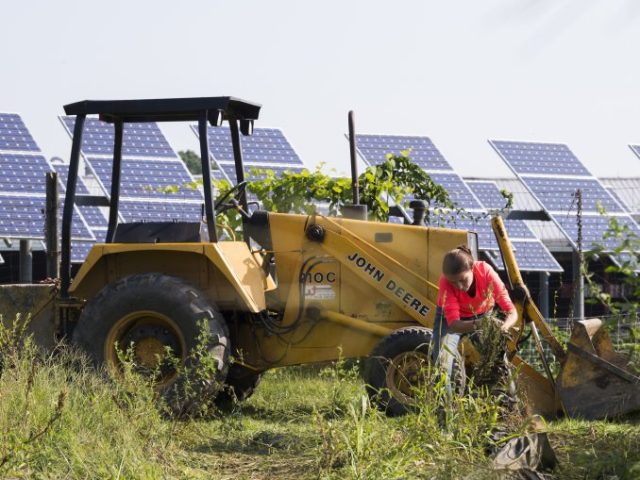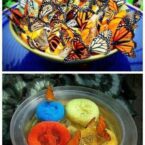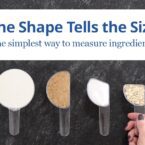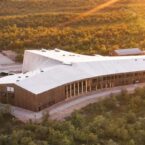Solar power is one of the most efficient and clean energy sources and one that is a great front runner of alternative energy solutions.
Recent studies have concluded that a new type of solar cell was able to achieve 39.5% efficiency provided under standard 1-sun global illumination conditions.
This is the standard used to measure the amount of sunlight solar cells can provide, and their radiation can be converted into electricity.
Until now the record was held by a different type of solar panel, which had a 39.2% efficiency. Solar cells can come in a wide variety of forms, and the triple junction ones used here are most common in space vehicles.
Scientists have recently figured out that these cells can easily be used on solid ground as well since they have a simple design and are very adaptable to every environment.
To enhace their efficiency quantum well technology was applied, which in a nutshell means the optimization of material by making it as thin as possible.
“The new cell is more efficient and has a simpler design that may be useful for a variety of new applications, such as highly area-constrained applications or low-radiation space applications,” says physicist Myles Steiner, from the National Renewable Energy Laboratory (NREL) in Colorado.
NREL is the U.S. Department of Energy’s primary national laboratory for renewable energy and energy efficiency research and development. NREL is operated for the Energy Department by the Alliance for Sustainable Energy LLC.
A growing number of farms and agricultural businesses are looking to solar to power their daily operations. Thanks in part to the Solar Energy Technologies Office’s investments, the cost of going solar has declined, enabling more installations across the country. Consider these questions to help you determine what’s best for you and your farm.



















